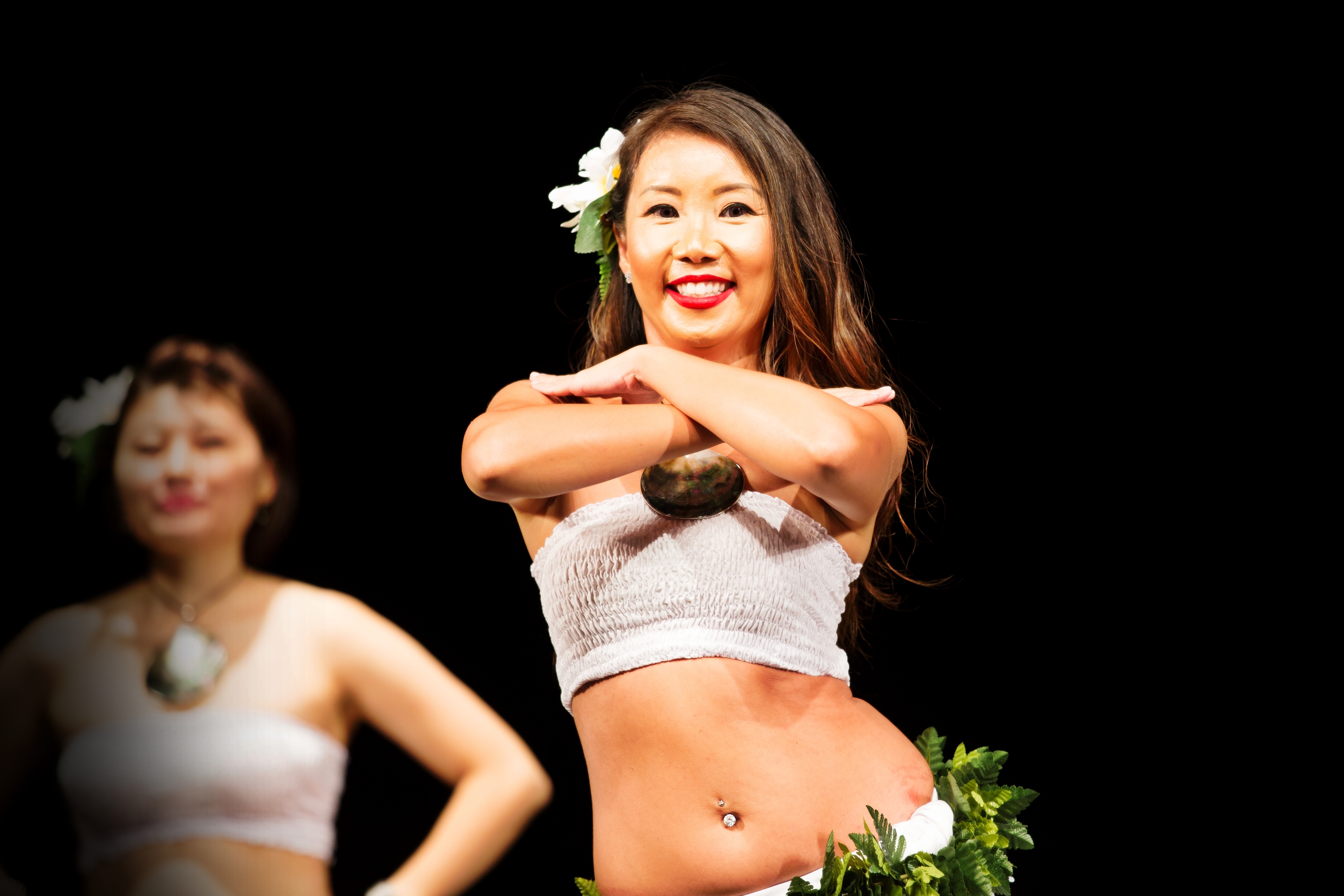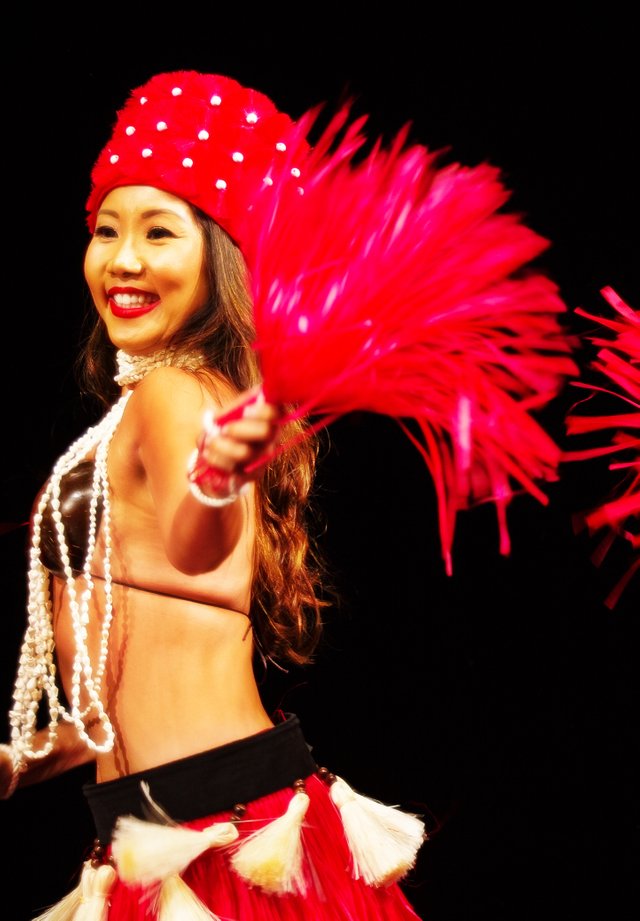Polynesian Dances

Photo taken during an Aparima performance

Photo taken during an Otea performance
Whenever I tell people I do TAHITIAN dance, I get blank stares and the next question is often, "What's that?"....
Most equate it to the Hawaiian hula - which is very different. So I just thought I'd do a short introductory post to various Polynesian dances :) I've added some videos because dance is hard to explain without seeing the actual movement.
Polynesian dance encompasses Tahitian, Tongan, Samoan, Fijian, Maori, and Hawaiian styles. It began as an accompaniment to the oral storytelling traditions of those islands, conveying the literal meaning of a tale. Modern Polynesian dance still tells stories through movement, but those narratives can be a bit more abstract, allowing audiences to focus on the beauty of the dances themselves.
TAHITIAN
Hula dance usually uses the arm movements for the symbolism while Tahitian dance involves more hip movements for the story-telling. Tahitian dance consists of fast, rhythmic hip movements, usually set to the beat of the toere, or slit-log drum. Tahitian dance also has a distinctive basic step for men, pa’oti, which involves opening and closing slightly bent knees like scissors. We usually do 2 types of dances: The Otea (which is done to fast drum beats) and the Aparima (which is slower and done to a song). Oh and it's also probably one of the few dances where it's OK to constantly present your derrière to the audience :p
HAWAIIAN
Today’s Hawaiian dance includes two basic styles: Hula Kahiko (ancient Hula) and Hula Auana (modern Hula). Hula Kahiko involves vigorous hand movements performed to the chants, or mele, of a singer playing a gourd drum. Hula Auana, set to contemporary music or accompanied by a ukelele, is more gentle and flowing.
SAMOAN
Samoan culture has many visually exciting dances, or siva, such as the Siva Afi (“fireknife”), in which dancers twirl and toss a single- or double-bladed knife lit on fire. This dance originated as a way to train warriors, as did the Fa’ataupati, or Samoan slap dance, which teaches young men coordination by having them smack various parts of their bodies.
MAORI
Maori dance, which originated in New Zealand, often involves sticks, songs and games. Particularly notable is the Poi dance, in which Maori women twirl Poi balls—small spheres attached to braided fibers—in an effort to keep their hands flexible for weaving. The whirring sound made by the props is also supposed to evoke the noise of the sea and of various animals.
FIJIAN
Fijian dance is characterized by the meke dances, which include the spear dance, the fan dance and the sitting dance. Simultaneously powerful and graceful, meke are usually accompanied by singing, drumming and hand clapping, and are danced during celebrations and special occasions.
TONGAN
One of the most popular Tongan dances is the Tau’olunga, often performed by girls at weddings, which uses hand movements to interpret song lyrics. Other notable Tongan dances include the Lakalaka, which uses only arm movements; the Ma’ulu’ulu, a sitting dance; and the Kailao, a war dance in which dancers use clubs to simulate combat.
I'm definitely no expert in Polynesian dances, I know Tahitian best (since that's what I'm doing), but the questions I've received from the confusion between (mainly) the Hawaiian hula and Tahitian dance begged for something to be written. I hope this clarifies it :) Please feel free to add to the article in the comments section if you know more!
Thank you for sharing :) I love the dances and information.